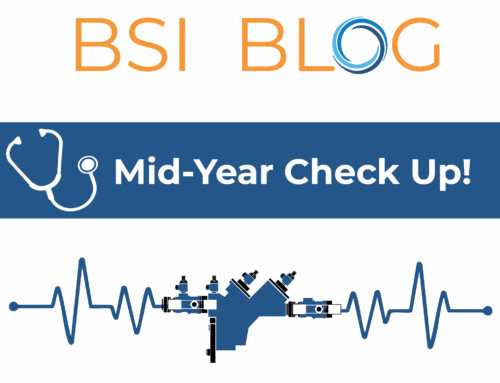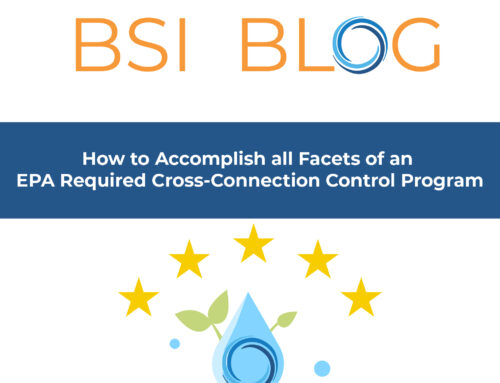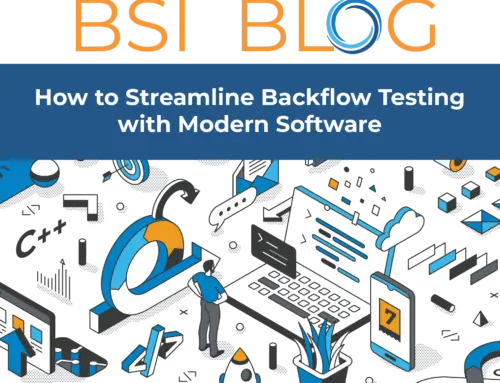Cross-connection Vs. Backflow
Let’s discuss two words in the industry that are too often interchanged and should not be – cross-connection and backflow. Despite popular usage, these two words are not synonyms.
A cross-connection is a thing, a noun if you will. According to the University of Southern California’s Foundation for Cross-Connection Control and Hydraulic Research (USC FCCCHR), a cross-connection is defined as:
“any unprotected actual or potential connection or structural arrangement between a public or private potable water system, and any other source or system through which it is possible to introduce into any part of the potable system any used water, industrial fluids, gas, or substance other than the intended potable water with which the potable system is supplied.”
Common examples of cross-connections include a potable water feed to boiler or chill water systems for makeup purposes, the garden hose dropped into a water trough for livestock, fire systems and equipment hookups, and a potable water feed to an irrigation service. The list of cross-connections is a long one which is why identifying them is a tedious and challenging task at times. Taking it one step further and as the name implies, the managing aspect of all of these cross-connections is called a cross-connection control program
On the other hand, backflow is an action, or verb. Looking to USC FCCHR again, backflow is defined as:
“The undesirable reversal of flow of water or mixtures of water and other liquids, gases or other substances into the distribution pipes of the potable supply of water from any source or sources.”
Caused by backpressure or backsiphonage, backflow is simplified as potable water flowing in the direction it is not intended to flow.
So, the next time you are trying to decide if you should be using “cross-connection” or “backflow”, try thinking in terms of either a noun or a verb. Now you know.










